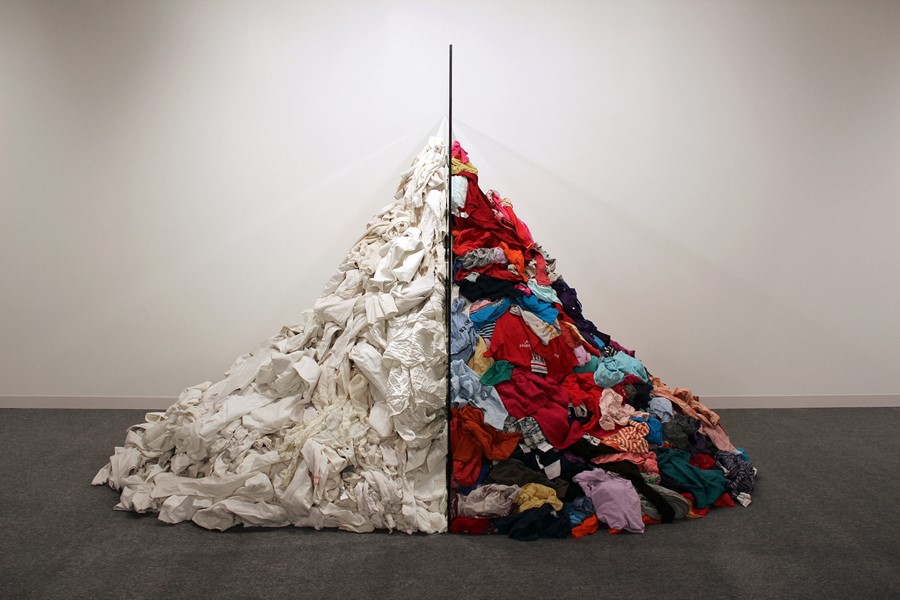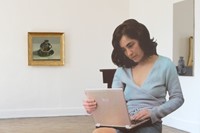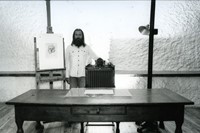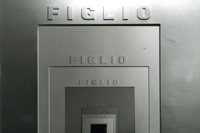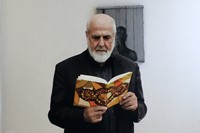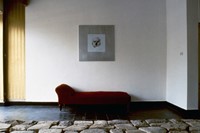A new exhibition explores the work of Michelangelo Pistoletto and Ettore Olivero Pistoletto, and their relationship with the Italian heritage brand Zegna
Michelangelo Pistoletto is probably one of the best-known living Italian artists. From his notorious printed mirror works to his riffs on rags and classicism, the 85-year-old Pistoletto has worked with sculpture, performance and installation since the 1960s, defining the Arte Povera movement. What is less known about this mammoth of contemporary conceptual art is his lifelong relationship with Italian clothing brand Zegna.
The work of Pistoletto and his painter father Ettore Olivero Pistoletto are the subject of a huge three-venue exhibition, Padre e Figlio, taking place at Casa Zegna in the stunning Piedmontese village of Trivero, Michelangelo’s utopian research centre Cittadellarte and at the Palazzo Gromo Losa in Biella. “The idea came to recreate this sort of saga from father to son. Michelangelo, having this beautiful relationship with the local area, he said yes,” Anna Zegna says.
Ettore had been a friend of the grandfather of the family, Ermenegildo Zegna, who founded the label. Zegna invited him to create a fresco in his factories in 1929 depicting ‘Arte della Lana’ (the art of wool). At the time, the factory was a model for production and social engagement in Italy and the paintings were a way to explain the narrative of the factory to visitors.
Zegna asked Ettore to recommission the paintings, which were torn down when the factory was expanded, in 1947. Ettore agreed, suggesting the new versions were made on canvas in case they needed to be moved again in the future. A young teenage Michelangelo assisted him on the project as a driver, and he and his mother feature throughout the ten paintings on display at Casa Zegna as Renaissance characters working with the production of wool.
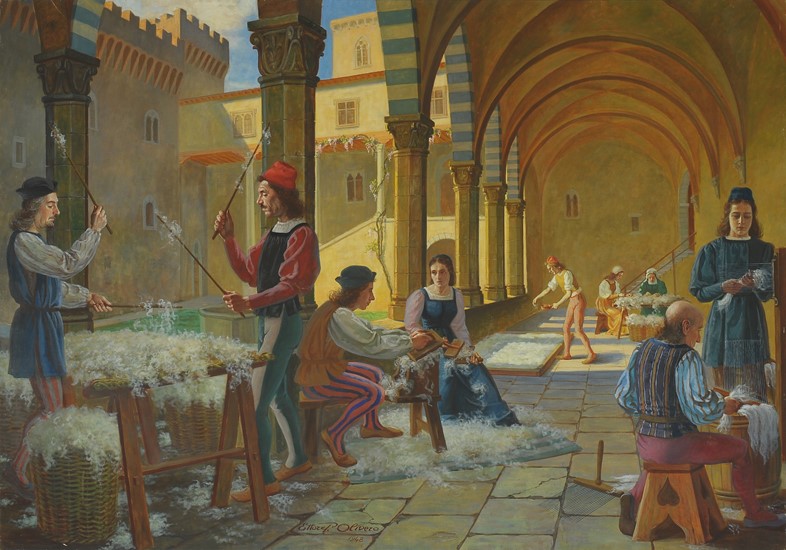
Ettore’s relationship to Zegna, however, goes further. The designer’s innovation and transformative relationship to the society became his first experience of a utopian concept of culture and the environment. “When Ermenegildo started in 1910 the landscape was not what you see today. The village really did not exist. The population was living in very poor conditions. His vision was to change the lifestyle of the people, to give the same vision of quality that he was putting into creating his own fabrics. My grandfather,” Anna says, “was like a father for the community. He felt if the community was surrounded by beauty, themselves they would be able to create and understand what beauty meant. From year one, Zegna employed artists, architects, landscape designers. Ettore Olivero Pistoletto was one of them.” Zegna planted 500,000 trees on the mountains around the factory, which had been used over centuries for heating and building, and created a panoramic road linking the factory and nearby valleys. Nature, culture and work were all intertwined.
Michelangelo founded his own research centre, Cittadellarte, in nearby Biella in the mid 1990s. Based in a converted wool mill, and also a location for the exhibition, Cittadellarte has a more contemporary take on utopian motivations. Based around Ettore’s concept of the Third Paradise, his aim was to create a space that funded and focused on research in ecology, politics, labour, technology and spirituality. The desire was to inspire real social change. “As an artist I have to take responsibility for creating a possibility of looking farther than the present,” Pistoletto previously told me. “It is necessary to organise life in a way that everybody can add spirit to participating in human survival.”
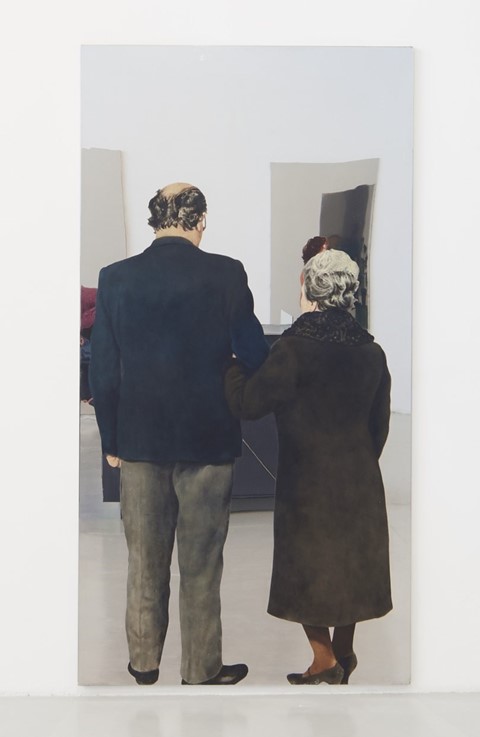
This three-venue exhibition goes beyond the Zegna relationship, of course, focusing also on Michelangelo’s own bold work and the more traditional still lifes, portraits and landscapes of his father, who later became a restorer. There are over 100 works by the two artists, which together create a deep exploration around legacy. The installation of pieces echoes that relationship – some beautifully when Ettore’s paintings are reflected in Michelangelo’s mirrored sculpture of rags Metamofosi. There are some moments of overlapping interests – an approach to reflection and a fascination in everyday objects, for example. The show also imbues Michelangelo’s work with a touch of biography, something not necessarily obvious in his practice. The result is a project that balances monumentality, utopian interests and unexpected sense of simplicity and sweetness. It is a show that reminds us where we come from.
Padre e Figlio runs until October 13, 2019.
